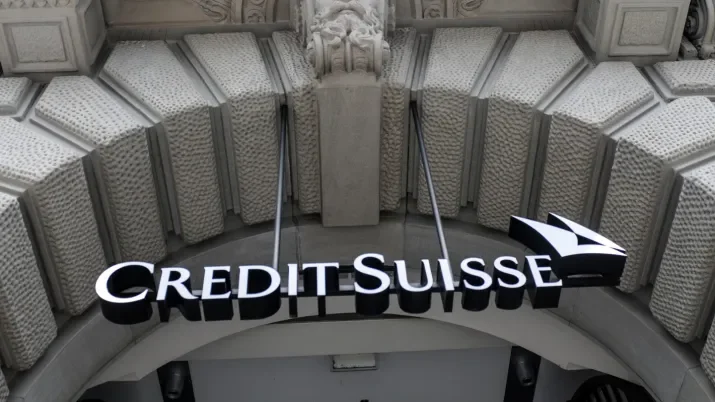Treasuries to stabilise amid aggressive Fed hiking
TwentyFour
Last month’s 75bp Fed Funds hike was the highest single hike since the bond rout in 1994 and the market reaction was equally volatile. This year’s move in Treasuries and associated credit spread widening has given bonds the perfect storm and the worst start to financial year virtually since records began. However with inflation running rampant and recessionary fears building, markets are still facing tremendous uncertainty.
We have had numerous discussions on the desk as to how much the Fed can hike before they are likely to pause, and also what the yield curve might look like when they do. Naturally these discussions have morphed almost monthly as inflation continued to thrive and while central bankers tried to come to terms with its sources and persistence.
As we move into the second half of the year hopefully we will have a more predictable and stable Treasury market so we thought it worth sharing some of our revised outlooks with you. We have said for a long time that higher Treasury yields would be useful for bond investors as at some stage they would need to embrace Treasuries, as a risk off asset, to help try to protect portfolios as the economy heads into late cycle.
Late cycle is certainly where we see us heading by the end of this year, with slowing growth, rising rates, and eventually weaker consumer and corporate balance sheets. So the time to start owning some protection is now upon us, in our opinion.
Our discussions suggest that the Fed will push through one more 75bp hike at the next meeting in July, taking the Fed Funds rate broadly to neutral at 2.50%. Stating the obvious this means that all the tightening so far has only taken them to neutral, which is clearly not enough in our view, and why we think a further 100 basis points needs to be added. We see that coming with a further 50bp in September, another 25bp in November and finally the remaining 25bp at the December meeting. At 3.50%, with the economy slowing, jobs growth peaking and inflation starting to move lower, we think the Fed will pause having hopefully learned their lesson from December 2018 when they forced through what most consider to be one too many hikes.
With the Fed on hold and a late cycle economy, with more and more commentators raising their recession forecast, we think it’s likely that the 2 year part of the curve already starts to price in some future rate cuts and we see that part of the curve possibly 50bp inverted to Fed Funds as a result. Longer dated Treasuries are likely to be more stable in this scenario and therefore we would see the 2s 10s curve being flat or maybe slightly inverted, giving the markets a further recession warning.
Our base case for year end is now therefore that Fed Funds will be at 3.50%, 2 years at or around 3.00% and the 10 year note also around the 3.00% level.
That means, in our opinion, buying longer dated Treasuries for portfolio balancing purposes, especially at yields north of 3%, would be a prudent consideration and that the second half of the year should provide bond investors with some much needed stability.



